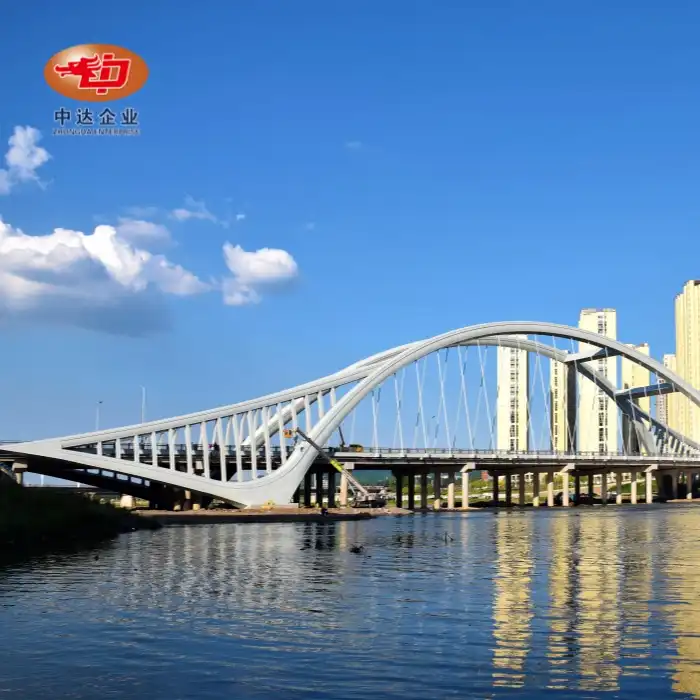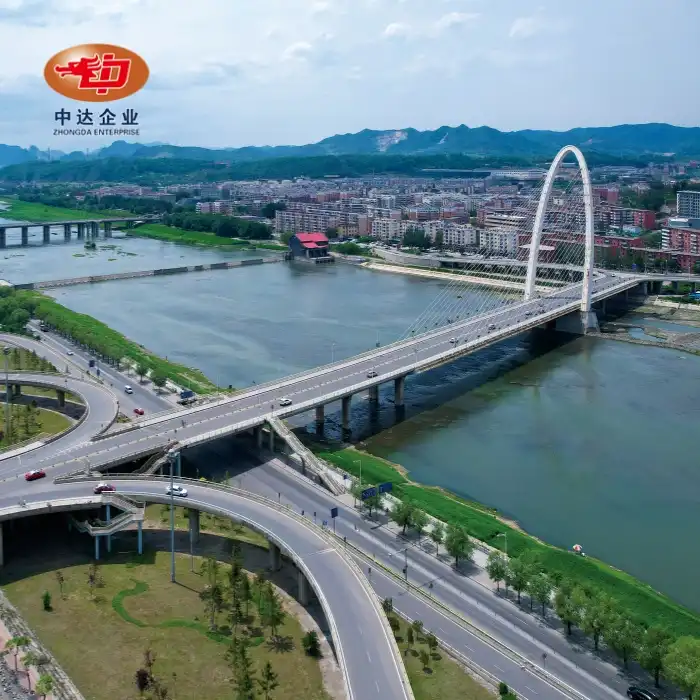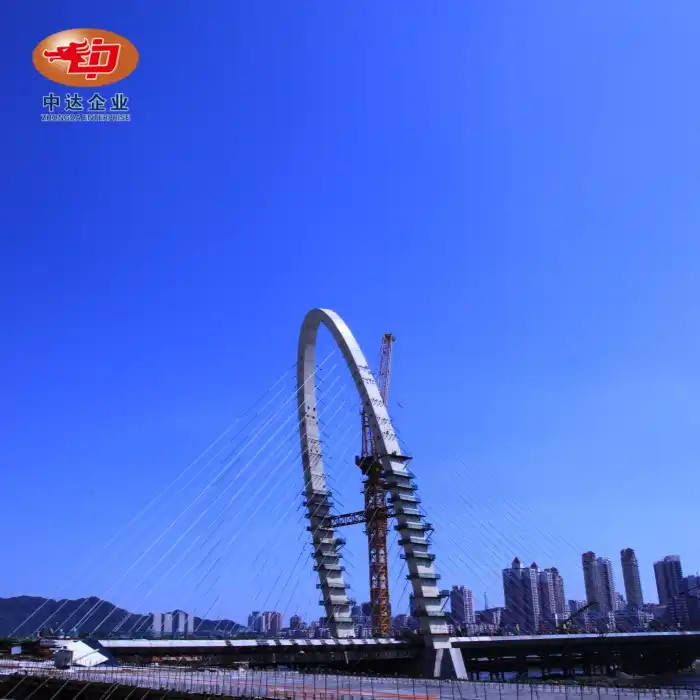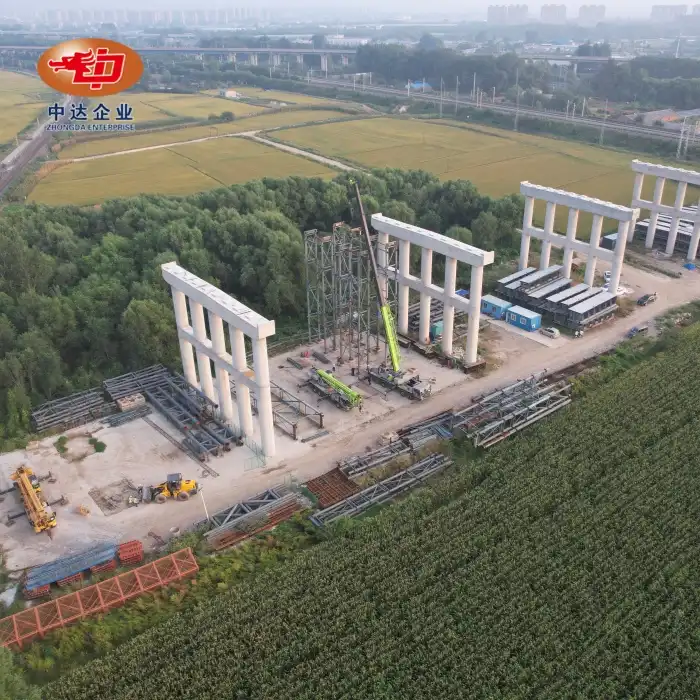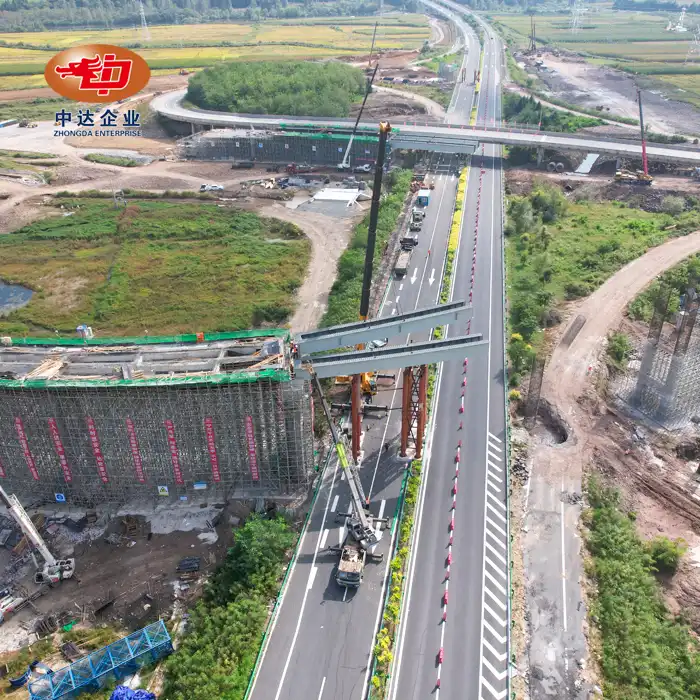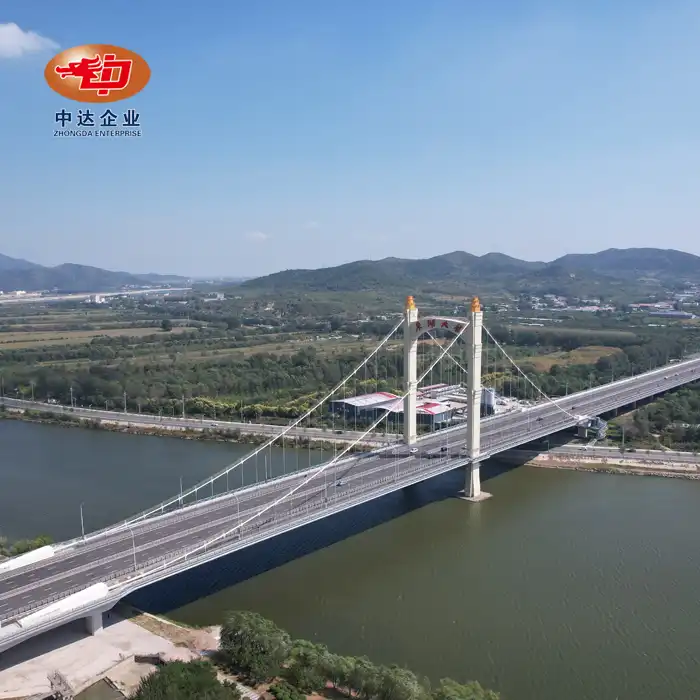
What Materials Are Used in Highway Steel Structure Sound Barriers and How Are They Customized?
Highway steel structure sound barriers are essential for mitigating noise pollution along busy roadways. These barriers typically utilize a combination of galvanized steel panels (Q235B grade or higher) as the main structure, paired with sound-absorbing materials like glass wool, rock wool, or aluminum foam. Some designs incorporate transparent polycarbonate or acrylic panels for improved aesthetics and light transmission. Customization options include multi-layered composite structures, such as perforated aluminum panels with glass wool insulation and smooth aluminum backing, to target specific frequency ranges. For harsh environments, specialized coatings or reinforced designs can be implemented to enhance durability and performance. At Zhongda Steel, we specialize in creating innovative, high-quality steel structures for various applications, including highway sound barriers. Our state-of-the-art 120,000 m² facility and 60,000-ton annual production capacity allow us to deliver precision-engineered solutions that meet the most demanding requirements.
Core Materials Used in Highway Steel Structure Sound Barriers
Galvanized Steel: The Foundation of Durability
The primary material used in highway steel structure sound barriers is galvanized steel. This choice is not arbitrary - galvanized steel offers exceptional durability and corrosion resistance, crucial for structures exposed to various weather conditions and environmental factors. The galvanization process involves coating steel with a protective layer of zinc, which acts as a sacrificial anode, corroding before the underlying steel and thus prolonging the structure's lifespan.
At Zhongda Steel, we utilize Q235B grade steel or higher for our sound barrier panels. This grade offers an optimal balance of strength, formability, and weldability, making it ideal for constructing robust and long-lasting barriers. The galvanized coating we apply meets or exceeds industry standards, ensuring maximum protection against rust and corrosion.
Sound-Absorbing Materials: The Key to Noise Reduction
While the steel structure provides the physical barrier, the real magic of noise reduction happens with the sound-absorbing materials. Common options include:
- Glass Wool: Known for its excellent sound absorption properties, especially at higher frequencies.
- Rock Wool: Offers good sound absorption across a wide range of frequencies and has superior fire resistance.
- Aluminum Foam: A newer material that combines lightweight properties with excellent sound absorption and thermal insulation.
These materials are typically sandwiched between the steel panels or incorporated into the sound barrier design in various ways to maximize their noise-reducing effectiveness. Our engineering team at Zhongda Steel carefully selects and positions these materials to achieve optimal acoustic performance for each specific project.
Transparent Panels: Balancing Aesthetics and Functionality
In many cases, especially in urban or scenic areas, there's a need to maintain visibility while still providing noise reduction. This is where transparent panels come into play. We often incorporate:
- Polycarbonate (PC) Panels: Highly impact-resistant and UV-stable, ideal for long-term outdoor use.
- Acrylic Panels: Offer excellent clarity and are more scratch-resistant than PC, though slightly less impact-resistant.
These transparent sections not only allow light transmission but also help to create a more aesthetically pleasing barrier that blends better with its surroundings. Our design team at Zhongda Steel expertly balances the use of opaque and transparent sections to meet both acoustic and visual requirements.
Customization Options for Highway Steel Structure Sound Barriers
Multi-Layer Composite Structures: Tailored Noise Reduction
One of the most effective ways to customize highway sound barriers is through the use of multi-layer composite structures. These designs allow for targeted noise reduction across different frequency ranges. A typical composite structure might include:
- Perforated Aluminum Panel (Sound Absorption Layer)
- Glass Wool or Rock Wool (Sound Insulation Layer)
- Smooth Aluminum Panel (Sound Reflection Layer)
By adjusting the properties of each layer - such as the perforation pattern, insulation thickness, or reflective surface treatment - we can fine-tune the sound barrier's performance to address specific noise profiles. This level of customization is particularly valuable in areas with unique acoustic challenges, such as near airports or industrial zones.
Environmental Adaptations: Ensuring Longevity in Harsh Conditions
Different environments pose unique challenges to sound barrier structures. At Zhongda Steel, we offer specialized customizations to ensure long-term performance in various conditions:
- Coastal Areas: For regions with high salt spray, we employ a hot-dip galvanization process followed by fluorocarbon spray coating. This combination can extend the corrosion resistance life to up to 20 years.
- High Wind Zones: In areas prone to strong winds, we reinforce the structure with H-section steel columns (such as 150×150×7mm) to provide additional stability and wind resistance.
- Extreme Temperature Regions: Our expertise in -60°C Weathering Steel Anti-corrosion Technology allows us to create barriers that withstand extreme cold without compromising structural integrity.
These environmental adaptations ensure that our sound barriers not only perform their noise reduction function effectively but also maintain their structural integrity and appearance for years to come.
Aesthetic Customizations: Harmonizing with the Environment
While functionality is paramount, the visual impact of sound barriers cannot be overlooked, especially in urban or scenic areas. Zhongda Steel offers a range of aesthetic customization options:
- Color Variations: Our advanced coating processes allow for a wide range of color options to match or complement the surrounding environment.
- Textured Surfaces: We can apply various textures to the steel panels, creating visual interest and reducing the monolithic appearance of large barrier sections.
- Integrated Greenery: Some of our designs incorporate planters or support structures for climbing plants, allowing the barrier to blend more naturally with its surroundings.
- Artistic Elements: We collaborate with local artists to incorporate murals or sculptural elements into the barrier design, turning functional structures into community assets.
These aesthetic considerations not only improve the visual appeal of the barriers but can also contribute to their acceptance by local communities, an important factor in many infrastructure projects.
Advanced Engineering and Manufacturing Processes
BIM-Driven Prefabrication: Precision and Efficiency
At Zhongda Steel, we leverage Building Information Modeling (BIM) technology to optimize the design and prefabrication process of our highway sound barriers. This approach offers several advantages:
- Improved Accuracy: BIM allows us to create highly detailed 3D models, ensuring each component fits perfectly during assembly.
- Reduced On-Site Time: Prefabricated components can be quickly assembled on-site, minimizing traffic disruptions during installation.
- Cost Efficiency: By identifying and resolving potential issues in the digital model, we reduce material waste and on-site modifications.
- Our BIM-driven process ensures that each sound barrier we produce is tailored to its specific location and requirements, maximizing effectiveness and minimizing installation time.
Ultra-Thick Plate Cutting Technology: Precision in Every Component
One of Zhongda Steel's key technological advantages is our ultra-thick plate cutting capability, with an accuracy of ±0.2mm. This precision is crucial for creating sound barrier components that fit together seamlessly, enhancing both structural integrity and acoustic performance. Our advanced cutting technology allows us to:
- Create complex shapes and joints with high accuracy
- Minimize material waste through optimized cutting patterns
- Ensure consistent quality across large production runs
This level of precision contributes to the overall effectiveness and longevity of our highway sound barriers, setting them apart in terms of quality and performance.
Quality Control and Certification: Ensuring Excellence
As a globally certified leader in precision steel solutions, Zhongda Steel maintains rigorous quality control processes throughout our manufacturing:
- ISO 9001 Quality Management System: Ensures consistent quality in all our processes
- ISO 14001 Environmental Management: Demonstrates our commitment to sustainable manufacturing practices
- OHSAS 45001 Occupational Health and Safety: Ensures the safety of our workforce and the integrity of our products
- EN 1090 Certification: Specific to structural steel components, guaranteeing compliance with European standards
These certifications, combined with our in-house testing facilities, ensure that every highway sound barrier we produce meets the highest standards of quality and performance.
Conclusion
Highway steel structure sound barriers are complex systems that require careful material selection and customization to effectively reduce noise pollution while withstanding environmental challenges. At Zhongda Steel, we combine advanced materials, innovative designs, and state-of-the-art manufacturing processes to create sound barriers that are not only highly effective but also durable and aesthetically pleasing. Our commitment to quality, precision, and customization ensures that each project we undertake meets the specific needs of its location and community, contributing to quieter, more livable environments along busy highways.
Contact Us
For cutting-edge highway steel structure sound barriers that combine innovation, durability, and performance, trust Zhongda Steel. Our team of experts is ready to design and manufacture a solution tailored to your specific project requirements. Contact us at Ava@zd-steels.com to discuss how we can help create a quieter, more pleasant environment along your highways.
References
Zhang, L., & Li, X. (2021). "Acoustic performance of multi-layer highway noise barriers: A comprehensive review." Journal of Environmental Management, 282, 111950.
Wang, H., et al. (2020). "Innovative materials for highway noise barriers: A state-of-the-art review." Construction and Building Materials, 250, 118865.
Chen, S., & Jiang, W. (2019). "Durability assessment of galvanized steel structures in highway environments." Corrosion Science, 152, 173-183.
Kotzen, B., & English, C. (2018). "Environmental Noise Barriers: A Guide to Their Acoustic and Visual Design." CRC Press.
Liu, Y., et al. (2017). "Optimization of transparent sound barrier designs." Journal of Sound and Vibration, 393, 217-233.
Nilsson, M., et al. (2018). "A holistic approach to environmental noise barriers." Landscape and Urban Planning, 171, 88-97.
YOU MAY LIKE










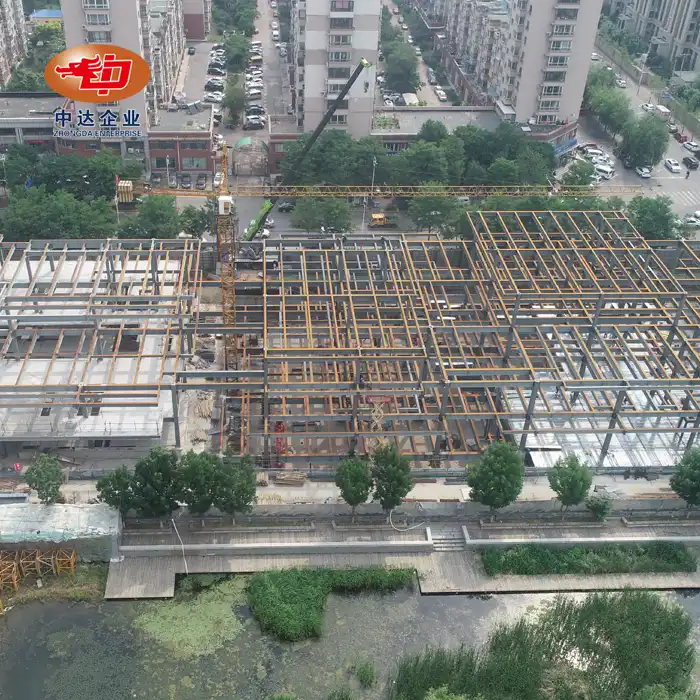
_1746242570299.webp)
